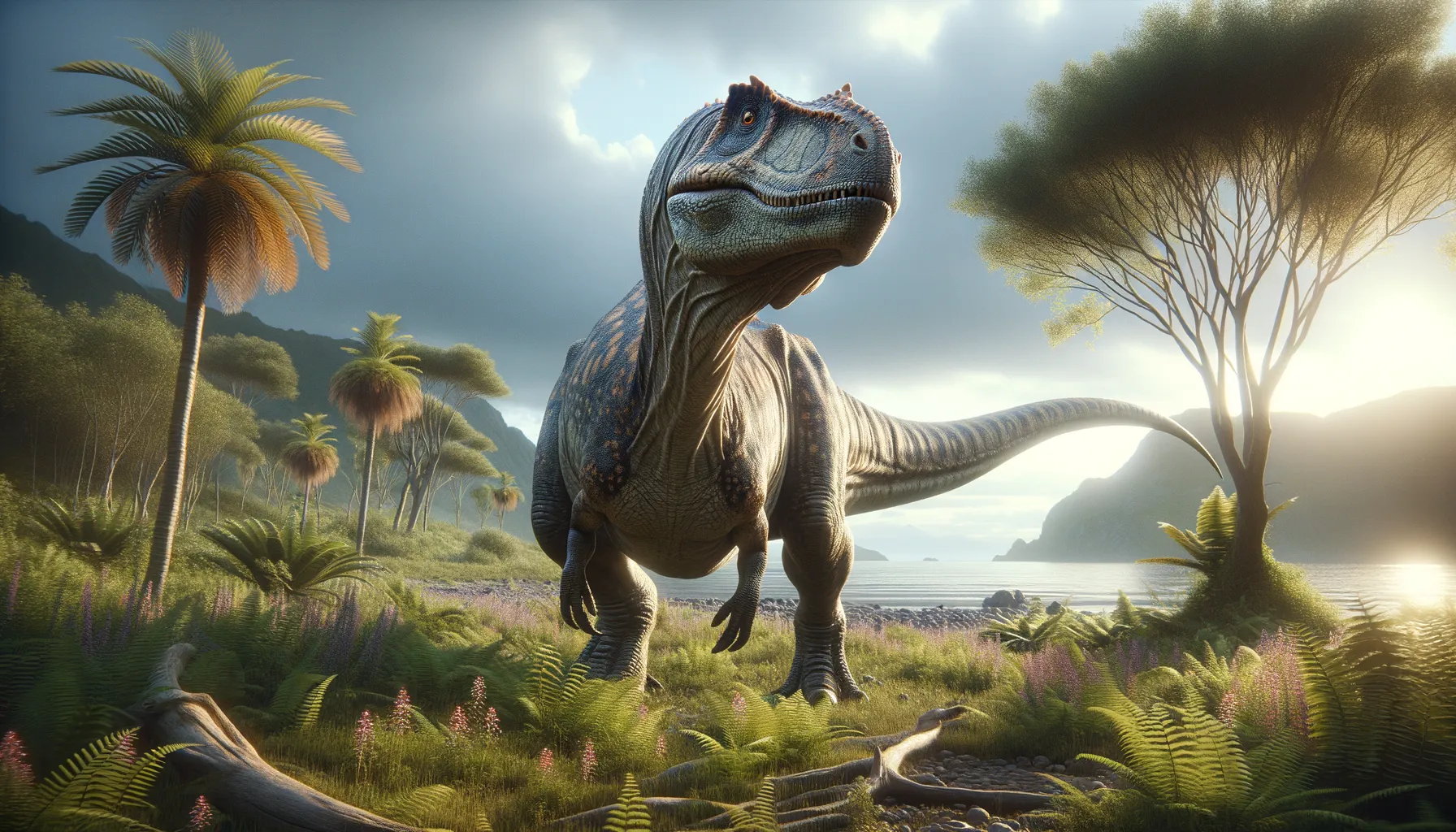
Europasaurus
The tiny titan of ancient Europe!
Period
Jurassic
Length
Approximately 20 feet in length.
Height
About 10 feet tall.
Weight
Around 1,100 pounds.
Europasaurus was a dwarf sauropod dinosaur that lived during the Late Jurassic period about 154 million years ago. It was one of the smaller members of the sauropod group, a unique trait that helped it survive on islands with limited resources. The reduced size, compared to its giant relatives, highlights an evolutionary response to its insular environment.
Diet
Europasaurus was herbivorous, feeding mainly on coniferous plants and low-lying vegetation. Its diet could have included ferns and cycads that were prevalent in its environment.
Hunting
As a plant-eater, Europasaurus did not hunt but likely browsed for leaves and foliage. Its social structure might have influenced feeding patterns, with groups foraging together.
Environmental challenges
Living on an island environment, Europasaurus faced the challenge of limited food resources, which likely drove its evolution into a smaller size. Competition with other herbivores may have been limited due to its unique habitat. Climatic fluctuations would have shaped vegetation patterns, requiring adaptability in feeding strategies.
Speed
Europasaurus was relatively slow-moving.
Lifespan
They likely lived up to a few decades.
First discovery
Discovered in a limestone quarry in Germany in 1998.
Fun Facts
- Europasaurus was a dwarf sauropod dinosaur that lived around 154 million years ago during the Late Jurassic period.
- Unlike most giant sauropods, Europasaurus was quite small, reaching only about 6 meters (20 feet) in length, making it a miniature relative of dinosaurs like Brachiosaurus.
- The fossils of Europasaurus were discovered on what is now an island in northern Germany, providing evidence of island dwarfism, where species evolve to be smaller due to limited resources.
- This dinosaur was named 'Europasaurus holgeri' in honor of paleontologist Holger Luetge-Borchardt, who played a critical role in its discovery and research.
- Europasaurus lived in a tropical environment with a rich diversity of plant life, which they likely fed on as herbivores.
- The discovery of more than 11 individual Europasaurus skeletons made it possible for scientists to understand their development from youth to adulthood.
- Researchers believe that the preserved skeletons helped shed light on how sauropod bones grew and developed over time.
Growth and Development
Europasaurus exhibited dwarfism, an evolutionary result of its insular habitat. This involved a slower growth rate compared to its giant relatives. The small size may have been a developed advantage to conserve resources and energy efficiently.
Habitat
Europasaurus lived in a hilly and forested island environment surrounded by shallow seas. This isolation contributed to its small size, adapting to limited resources. The terrain was likely lush with cycads and ferns, giving it plenty of vegetation to browse on.
Interaction with other species
As an island dweller, Europasaurus may have interacted minimally with large predators. Its size reduction reflects adaptation to limited competition. However, it might have competed with small herbivores for food resources.
Natural lifespan
Europasaurus lived naturally for several decades.
Reproduction
Europasaurus likely laid eggs, similar to other sauropods. Nesting behaviors might have been communal, offering collective protection to offspring. Juveniles would have grown rapidly to avoid predation.
Social behaviour
It is believed that Europasaurus lived in small herds. This social structure provided safety in numbers and facilitated collaborative foraging. Herd behavior might have also played a role in protecting juveniles.
Fossil locations
Fossils of Europasaurus have been predominantly found in northern Germany. The initial discovery sites were in limestone quarries, which provided excellent preservation conditions. These fossils have given great insights into island dwarfism phenomena in dinosaurs.
